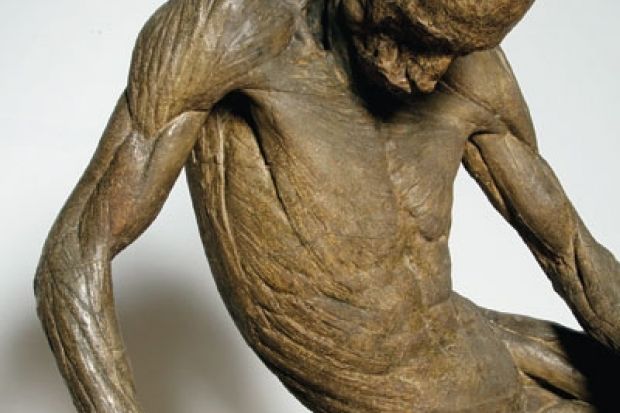In 1776, anatomist William Hunter was so impressed by the musculature of a criminal who had been hanged at Tyburn that, rather than dissect him, he decided to preserve the body and pose it in the classical model of the Dying Gaul. A sculptor called Agostino Carlini then created a bronze cast. Although this has been lost, two plaster copies survive, one at London's Royal Academy and this one in Edinburgh.
The cast was probably given its pseudo-classical nickname by students who thought he had been a smuggler. It was only this year that Joan Smith, an artist and academic coordinator at Edinburgh College, and Jeanne Cannizzo, honorary Fellow in social anthropology at the University of Edinburgh, carried out the research that points to the criminal's real identity.
Since the sources spoke of an unusual dual execution, they searched the proceedings of the Old Bailey and discovered a case around the right date. One of the convicted was a former soldier likely to have had a similar muscular physique to Smugglerius: a highway robber by the name of James Langar.
